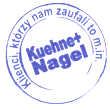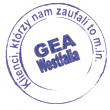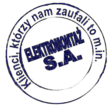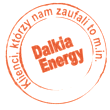Filling portable pressure vessels with liquefied gases
The ERGON training centre runs a course on filling portable pressure vessels with liquefied gases and more.
We have a very broad training offer and carry out courses throughout Poland. Our training centre has a very high pass rate for the UDT examinations. Gain new professional qualifications with us!
Training program
Classes at our centre are conducted in theoretical and practical form. The practical part is handled by qualified instructors with many years of experience. After the lecture classes, the trainee goes on to carry out practical tasks under the guidance of our specialists.
During the training course, you will acquire the necessary knowledge to fill pressure vessels yourself and take the UDT exam with ease.
Topics covered include:
- liquefied gases - fluorinated, carbon dioxide, nitrous oxide, ammonia and LPG,
- tank construction,
- carrying out technical supervision and repairs,
- technical supervision news,
- health, safety and fire precautions,
- tank marking,
- filling and emptying of tanks with liquefied gases.
Once the training has been completed, the participant can take a state examination before a commission appointed by the Office of Technical Inspection.
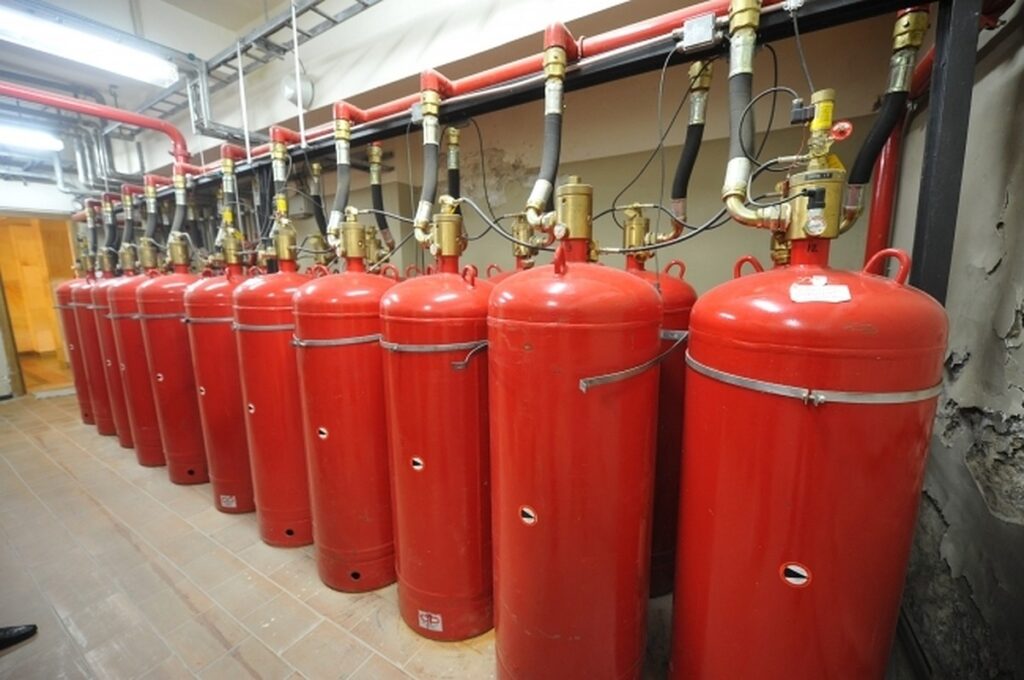
Entitlements
Once you have passed the exam, the inspector awards the UDT certificate. With a new professional qualification, you increase your opportunities on the labour market. The certificate is unlimited in time and is also recognised by employers throughout the European Union.
Our objective
The aim of the course is to prepare trainees theoretically and practically to acquire the necessary knowledge and qualifications for filling portable pressure vessels filled with liquefied gases. The trainee will be able to carry out the work independently at the end of the training course.
Work carried out without supporting qualifications is unlawful.
Who is the training aimed at?
The course is designed for anyone wishing to improve their professional qualifications, mainly aimed at those maintaining and servicing air conditioning equipment and heat pumps. The training will be useful for anyone planning to work in the compression, transfer and liquefaction of technical and medical gases.
What colours are the cylinders labelled with?
- Oxygen - cylinder colour blue at the top white,
- acetylene - chestnut-coloured cylinder,
- Helium - cylinder colour grey at top brown,
- hydrogen, methane, propane - cylinder colour grey with red top,
- ammonia, chlorine, hydrogen chloride - cylinder colour grey top yellow,
- carbon dioxide - cylinder colour grey,
- Nitrogen - cylinder colour grey,
- argon - cylinder colour grey at top dark green.
Conditions for joining the course
The trainee must be of legal age and have a medical certificate for the profession. No tertiary or vocational education is required, basic education is sufficient. The course is aimed at both men and women.
Foreigners can also take the training, provided they have a certificate approved by a sworn translator.

Other professional courses:
- altitude courses,
- forklift operator course,
- scaffolding maintenance course,
- a course in control and measurement work.
Questions and Answers
What are the different liquefied gases?
Liquefied gases include carbon dioxide, nitrous oxide, ammonia and LPG.
What is UDT?
The Office of Technical Inspection is a state institution established to ensure the safety of equipment and installations under it.
Can people from the Ukraine also take part in the training?
Yes, foreigners can also attend training courses, a certificate approved by a sworn translator is needed.
What colour is the hydrogen cylinder labelled with?
The hydrogen cylinder is grey in colour with the top part red.




















